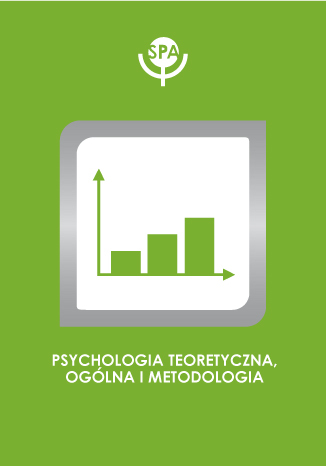Elektrofizjologiczne korelaty zaburzeń uwagowych u dzieci z ADHD: analiza potencjałów zdarzeniowych w słuchowej wersji zadania oddball

Magdalena Senderecka, Krzysztof Gerc, Anna Grabowska, Roman Chmylak, Jakub Szewczyk
DOI:
Rocznik: 2011 Tom: 17 Numer: 1
Strony: 57-73
The auditory oddball paradigm is one of the most often used experimental methods in attention research. It offers the possibility to investigate the ability to concentrate on target stimuli and to ignore unimportant stimulation. In recent years, the oddball paradigm has gained popularity in electrophysiological research concerning children with ADHD. The aim of the study was to investigate differences in electrophysiological brain activity between children diagnosed with attention deficit hyperactivity disorder combined type (ADHD-Com) and normally developing children, matched on age and sex, using the auditory 2-tone oddball paradigm. Event related potentials (ERPs) elicited to target and standard stimuli were analyzed for between-group differences. The ADHD group showed enhanced P2 and reduced N2 component to both oddball stimuli, followed by reduced P3 component to attended targets compared with controls. The findings of the present study indicate that ERPs to target and standard stimuli during the auditory oddball task are altered in ADHD children relative to controls. These alterations suggest a complex deficit of early and late stimulus processing stages. Enhanced amplitude of P2 in ADHD children may reflect an early orienting deficit which affects later processing stages in the oddball task. Reduced amplitude of N2 in the clinical group may be associated with stimulus discrimination impairment and inappropriate conflict monitoring. Finally, reduced amplitude of target P3 in ADHD children may reflect a deficit in higher-level executive functions, such as attention allocation and stimulus evaluation.









 Pobierz pełny tekst
Pobierz pełny tekst



